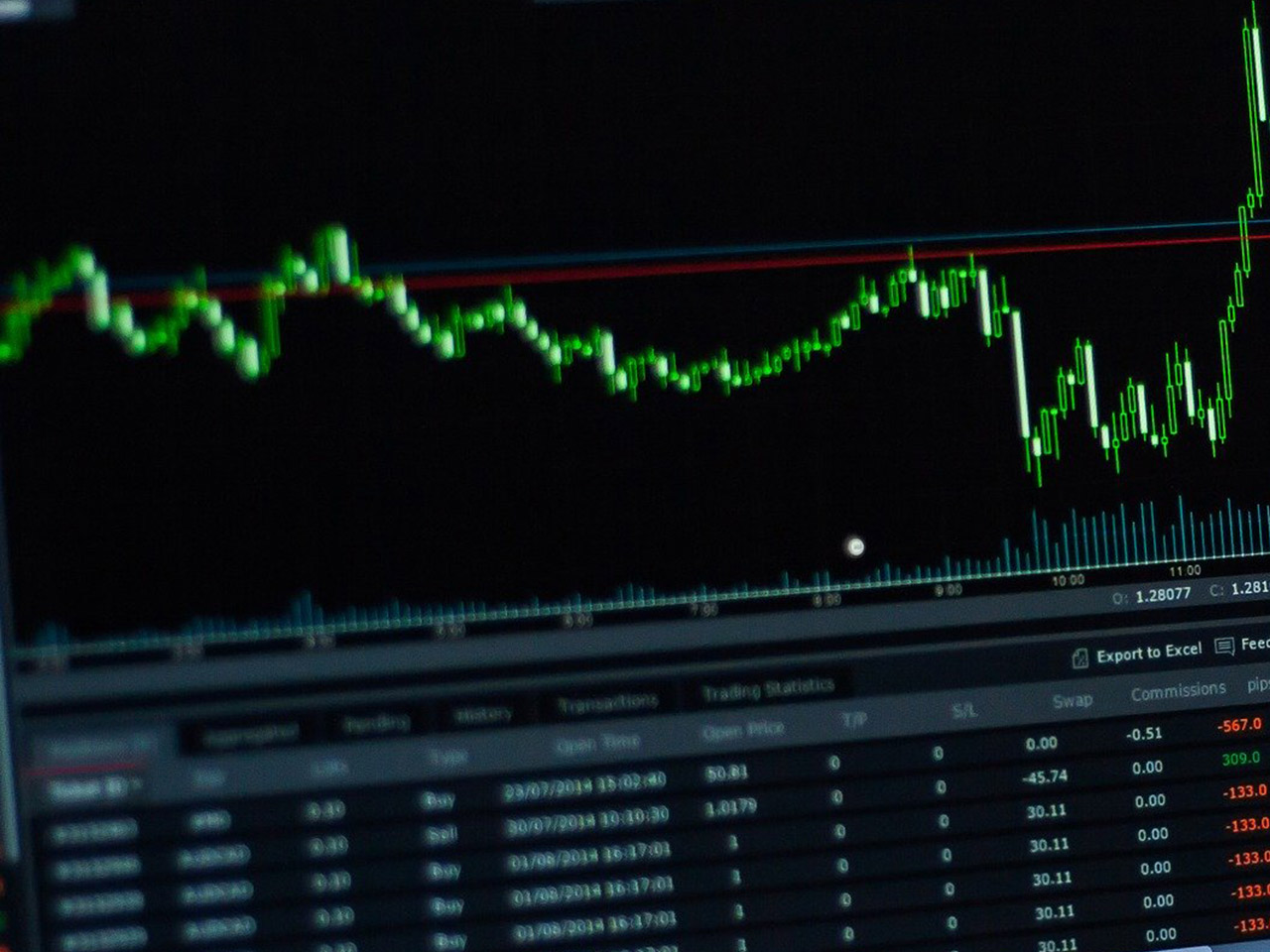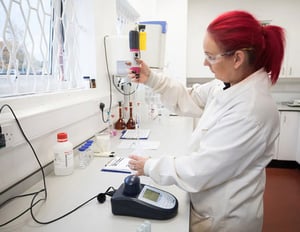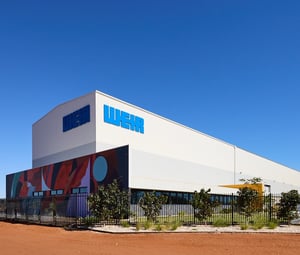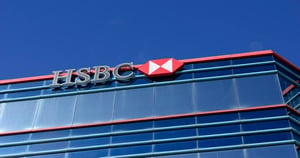Unilever PLC (ULVR.L), a stalwart in the Consumer Defensive sector, is renowned for its diverse portfolio of household and personal products. With a market capitalization of $113.23 billion, Unilever stands as a significant player in the global market, delivering essential goods across continents from its headquarters in London, United Kingdom. This article delves into the financial intricacies of Unilever, providing you with a comprehensive understanding of its current position and future prospects.
**Price and Valuation Metrics**
Currently trading at 4618 GBp, Unilever’s stock has exhibited a modest price change of 0.01%, reflecting a stable yet watchful investor sentiment. The 52-week price range of 4,337.00 GBp to 4,881.00 GBp suggests a relatively narrow band of volatility, characteristic of a company in the Consumer Defensive sector. Notably, the forward P/E ratio standing at an astronomical 1,479.91 raises eyebrows, highlighting potential anomalies in earnings expectations or market pricing.
**Performance Metrics and Financial Health**
Despite experiencing a slight dip in revenue growth at -3.20%, Unilever’s robust Return on Equity (ROE) of 28.70% underscores its efficiency in utilizing shareholders’ equity to generate profits. Furthermore, the company boasts a significant free cash flow of approximately $5.47 billion, a strong indicator of its ability to sustain operations and return value to shareholders. With an earnings per share (EPS) of 1.97, Unilever remains a reliable dividend payer, offering a yield of 3.40%. However, a payout ratio of 80.12% suggests that the company returns a substantial portion of its earnings to shareholders, which may impact its reinvestment capabilities.
**Dividend and Analyst Ratings**
Unilever’s commitment to returning value is further evidenced by its dividend yield of 3.40%, making it an attractive option for income-focused investors. Analyst ratings present a mixed yet optimistic outlook, with 13 buy ratings, 3 hold ratings, and 3 sell ratings. The average target price of 5,049.39 GBp indicates a potential upside of 9.34%, a compelling prospect for investors seeking growth within the Consumer Defensive space.
**Technical Indicators**
On the technical front, Unilever’s 50-day and 200-day moving averages are closely aligned at 4,563.80 GBp and 4,577.25 GBp respectively, suggesting a steady trend without significant deviations. However, the Relative Strength Index (RSI) of 76.88 flags a potential overbought condition, warranting cautious monitoring by investors. The MACD and Signal Line values of 25.66 and 29.71 respectively further emphasize the need for vigilance as investors assess short-term momentum.
**Strategic Positioning and Market Outlook**
Unilever’s extensive brand portfolio, including household names like Dove, Magnum, and Knorr, provides a buffer against market volatility, allowing it to adapt to varying consumer demands across different regions. Operating through five diverse segments—Beauty & Wellbeing, Personal Care, Home Care, Foods, and Ice Cream—Unilever remains well-positioned to capitalize on global consumer trends.
As the macroeconomic landscape continues to evolve, Unilever’s strategic emphasis on sustainability and innovation could play a pivotal role in driving long-term growth. Investors should consider the company’s robust market presence and consistent dividend returns as key factors when evaluating Unilever’s investment potential.
For those looking to invest in a company with a strong defensive profile and consistent dividend payouts, Unilever presents itself as a compelling choice. Its potential upside, coupled with its strategic market positioning, makes it a noteworthy consideration for both income and growth-focused investors.



































